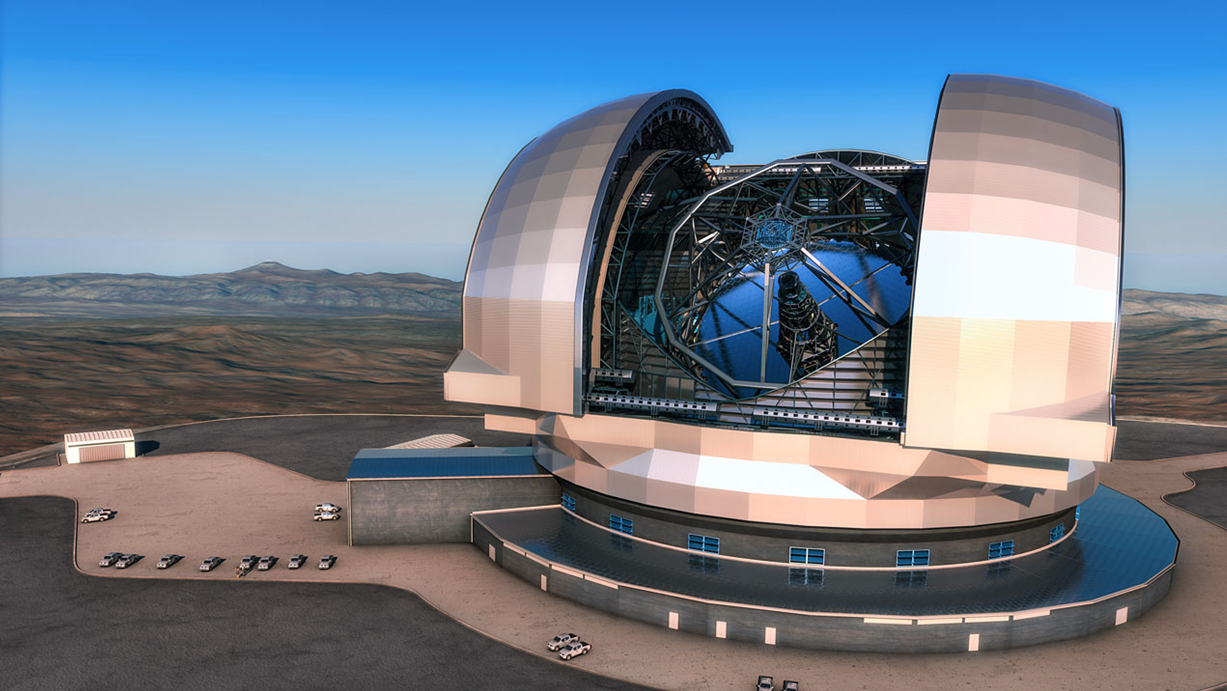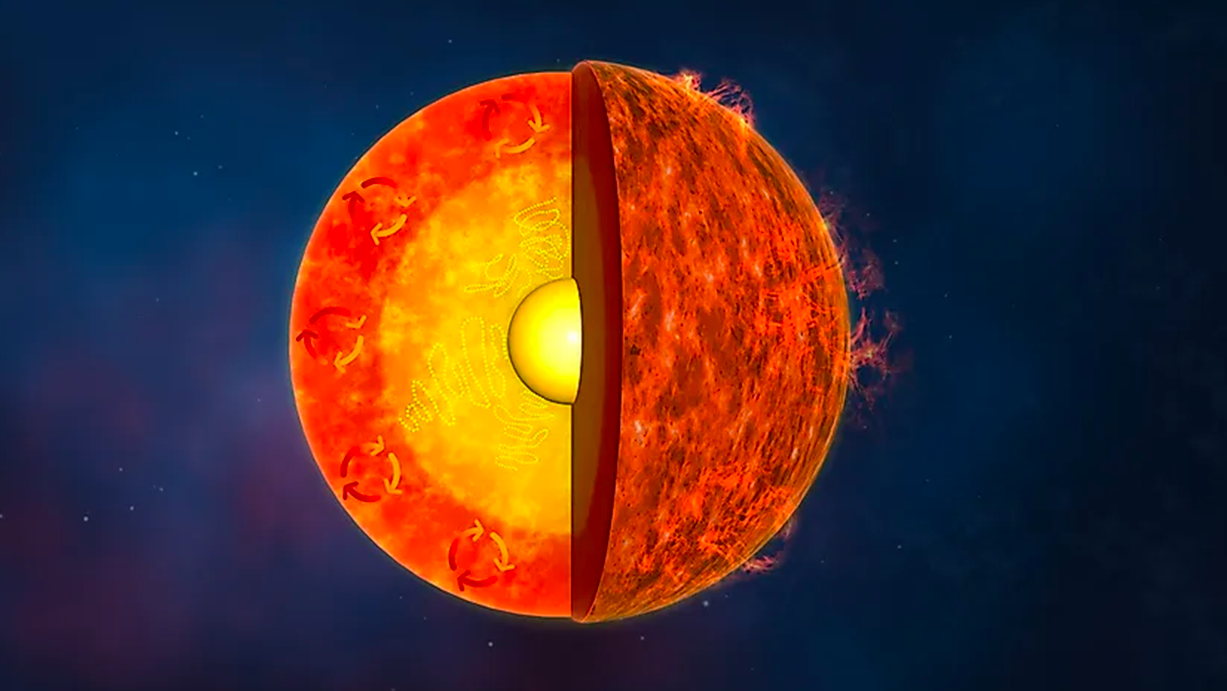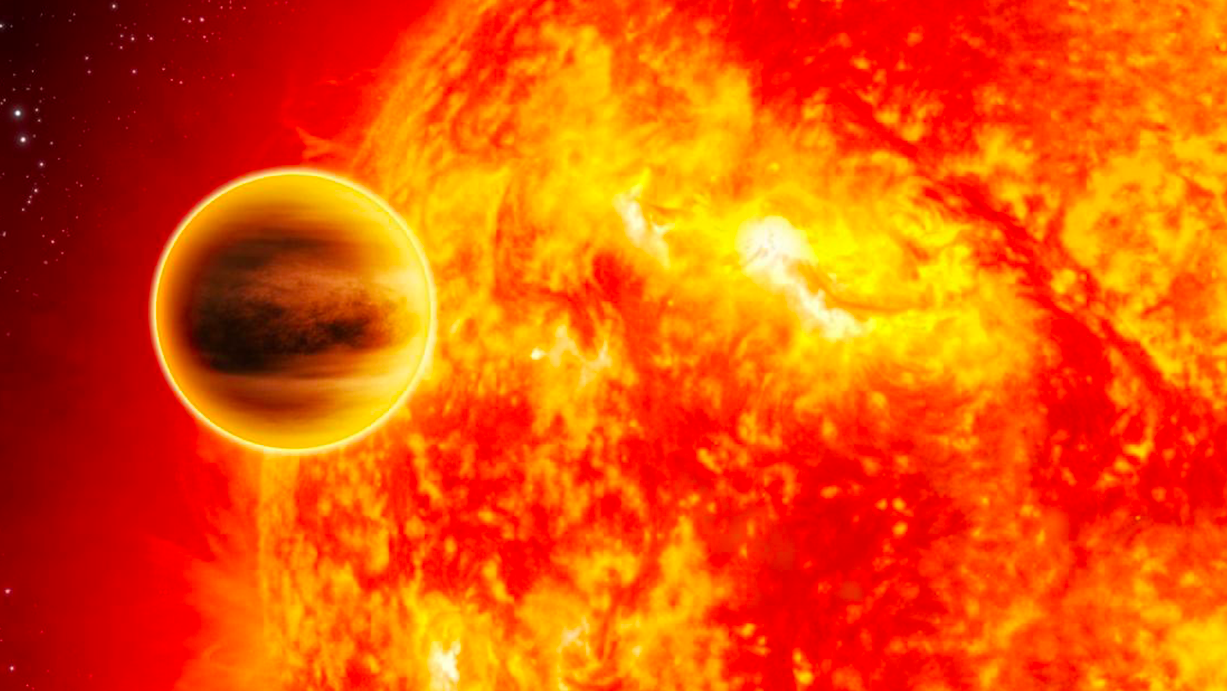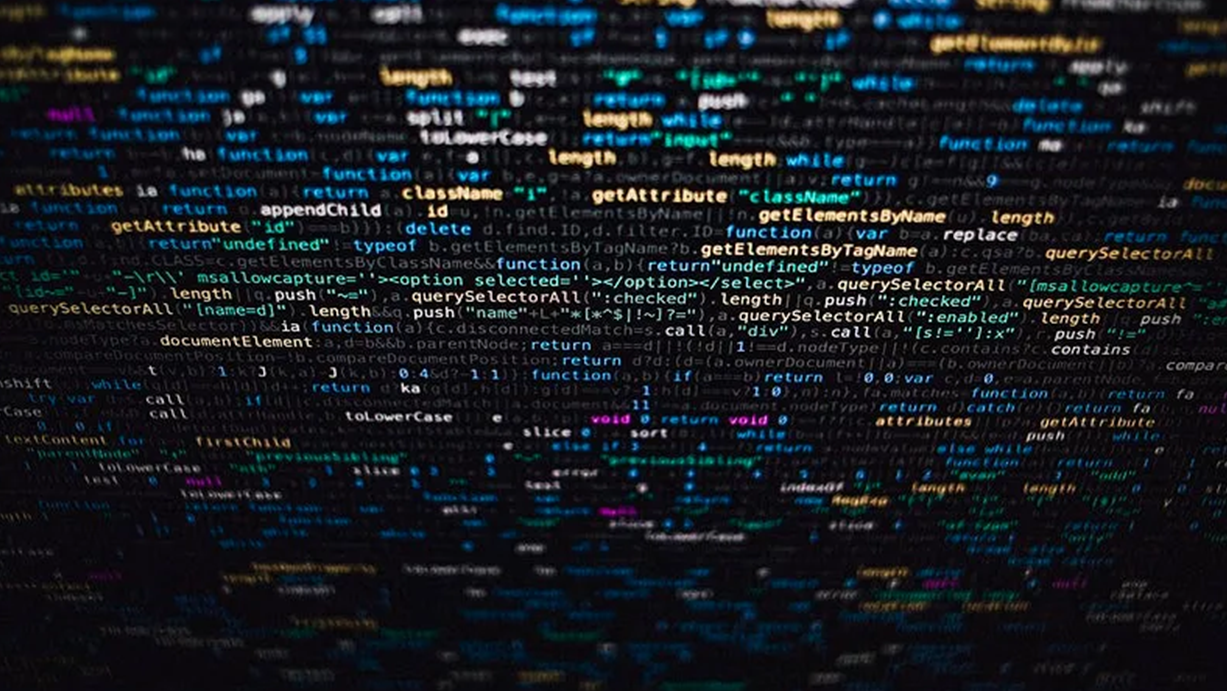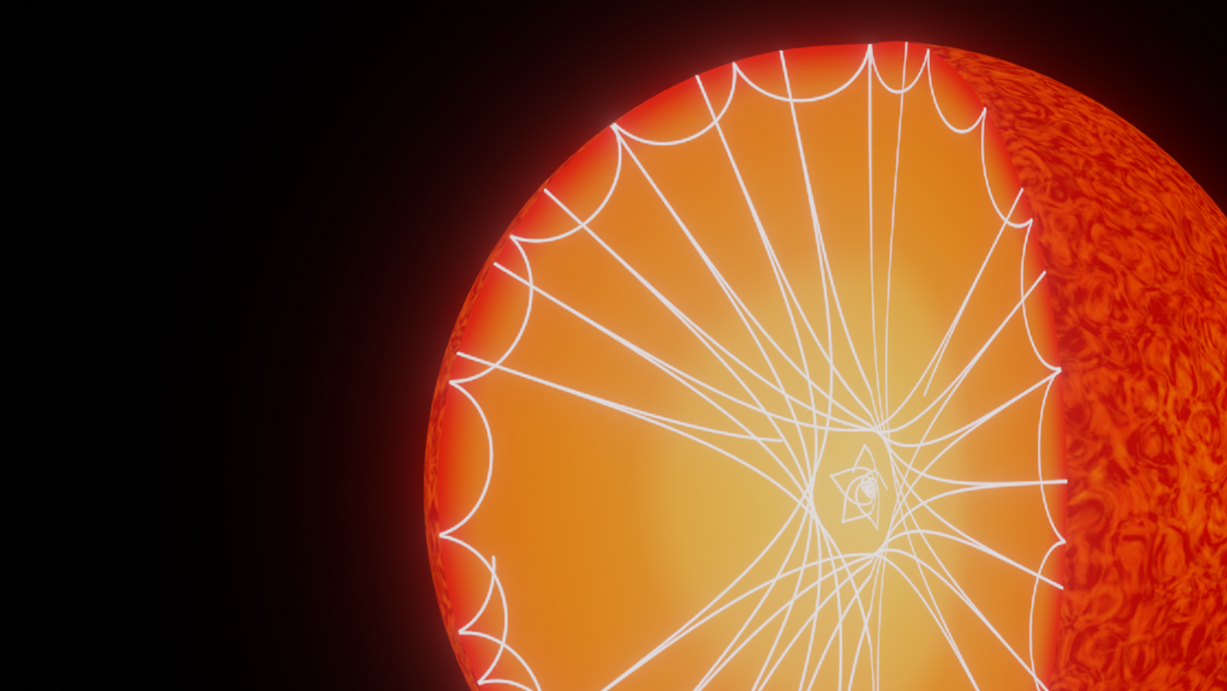Solar and Stellar Multi-scale Activity
International Astronomical Union Symposium 400
Jointly hosted with the DynaSun Workshop
2025
Jointly hosted with the DynaSun Workshop
2025
Medellín
21-25 July
21-25 July


Book your calendar!
The IAU Symposium 400, jointly held with the DynaSun Network Workshop, will address critical knowledge gaps in solar and stellar physics. This combined event aims to leverage recent advancements and foster collaboration between traditionally independent solar and stellar communities, while also exploring cutting-edge research on solar dynamics, heliospheric processes, and their broader implications through interdisciplinary exchange and joint efforts.
The symposium will take place at the heart of Colombia’s coffee region, in Medellín, known as the city of “Eternal Spring”, thanks to its pleasant climate and picturesque landscapes. Medellín has become a major hub for academic studies and tourism, and has been awarded prestigious prizes for urban development and innovation in the last 20 years.
Scientific Organising Committee
Eliana Amazo Gómez (AIP, Germany)
Patrick Antolin (Northumbria University, UK) Co-Chair
Anne-Marie Broomhall (University of Warwick, UK)
Juan Camilo Buitrago (UC Berkeley, US) Co-Chair
Jose Iván Campos (Astronomical Institute of the Czech Academy of Sciences, Czech Rep.) Co-Chair
Hebe Cremades (CONICET, Universidad de Mendoza, Argentina)
Cecilia Garraffo (Harvard-Smithsonian/CfA, US)
Moira Jardine (University of St Andrews, UK)
Lucia Kleint (University of Bern, Switzerland)
Juan Carlos Martínez (UC Berkeley, US) Co-Chair
Sophie Musset (JHUAPL, US)
Kosuke Namekata (NAOJ, Japan)
Alexander I. Shapiro (MPS, Germany)
Santiago Vargas (Universidad Nacional de Colombia, Colombia) - Chair
Tom Van Doorsselaere (KU Leuven, Belgium)
Patrick Antolin (Northumbria University, UK) Co-Chair
Anne-Marie Broomhall (University of Warwick, UK)
Juan Camilo Buitrago (UC Berkeley, US) Co-Chair
Jose Iván Campos (Astronomical Institute of the Czech Academy of Sciences, Czech Rep.) Co-Chair
Hebe Cremades (CONICET, Universidad de Mendoza, Argentina)
Cecilia Garraffo (Harvard-Smithsonian/CfA, US)
Moira Jardine (University of St Andrews, UK)
Lucia Kleint (University of Bern, Switzerland)
Juan Carlos Martínez (UC Berkeley, US) Co-Chair
Sophie Musset (JHUAPL, US)
Kosuke Namekata (NAOJ, Japan)
Alexander I. Shapiro (MPS, Germany)
Santiago Vargas (Universidad Nacional de Colombia, Colombia) - Chair
Tom Van Doorsselaere (KU Leuven, Belgium)
Local
Organising
Committee
Adriana Araujo (Gimnasio Campestre)
Benjamín Calvo Mozo (Universidad Nacional de Colombia) - Chair
Germán Chaparro (Universidad de Antioquia)
Jessica Ducon (Project Manager)
Maria Gracia Batista (Universidad de Los Andes)
Angela Perez (NAEC-Colombia OAE)
René Restrepo (EAFIT)
Andrés Torres (ITM Institución Universitaria)
Islena Bonilla (Observatorio Astronómico Nacional de Colombia)
Benjamín Calvo Mozo (Universidad Nacional de Colombia) - Chair
Germán Chaparro (Universidad de Antioquia)
Jessica Ducon (Project Manager)
Maria Gracia Batista (Universidad de Los Andes)
Angela Perez (NAEC-Colombia OAE)
René Restrepo (EAFIT)
Andrés Torres (ITM Institución Universitaria)
Islena Bonilla (Observatorio Astronómico Nacional de Colombia)
TOPICS
Advancements in Solar and Stellar Observatories and Instrumentation
Explore the latest technological breakthroughs in solar and stellar observatories, including missions like Solar Dynamics Observatory (SDO), Interface Region Imaging Spectrograph (IRIS), HINODE, Parker Solar Probe, Solar Orbiter, DKIST, GREGOR, Solar Swedish Tower (SST), New Solar Telescope (NST), and NVST. Discuss how these advancements contribute to a deeper understanding of solar and stellar atmospheres and internal structures.
On the stellar side, observations are reaching the point of solar comparison, in some cases with higher temporal and in particular spectral resolution. The future is promising for stellar observations, the upcoming of high resolution instruments such as the ANDES spectrograph at the The Extremely Large Telescope (39 m, E-ELT), or the G-CLEF instrument at the Giant Magellan Telescope (25.4 m, GMT).
Solar and Stellar Energy Release Processes and Multi-Layer Transport
Investigate the intricate processes driving energy production and transport in the solar and stellar atmospheres. Explore multi-layer transport phenomena, including the small- to large-scale conversion of magnetic field energy leading to coronal and flare heating, waves and flows from the photosphere to the inner and extended corona. Discuss how these processes impact the overall energy balance of stars and their environments.
Solar-Stellar Magnetic Variability
and its Impact on the Planetary Environment
and its Impact on the Planetary Environment
The analysis of solar and stellar magnetic variability is a prerequisite to properly understanding the behavior and evolution of stellar systems as a whole. The interplay of small scale phenomena and its effects on the large scale magnetic behaviour is not yet well understood. Solar-stellar energetic transient events, the associated particle bombardment, magnetized outflows and winds must be accounted for a consistent characterization of habitability conditions. State-of-the-art findings in these leading topics will nurture a comprehensive exploration of the Sun-Earth system, as well as the Stellar-Exoplanetary interactions.
Machine Learning and Novel Methods
in Solar and Stellar Research
in Solar and Stellar Research
Explore the application of machine learning, and other methods and techniques, in solar and stellar research. Discuss how automatic feature detection, data analysis, and the development of physically-meaningful algorithmsarerevolutionizingtheunderstandingofcomplexsolar and stellar physics problems. Highlight the role of machine learning in handling vast datasets generated by advanced instruments.
Insights from
Helio and Asteroseismology
Helio and Asteroseismology
Gain insights from helioseismology and asteroseismology techniques, which provide information about the interiors of stars. Discuss the widespread use of helioseismology in the solar community and its relevance in understanding large and small-scale phenomena. Explore how asteroseismology contributes to a closer connection between solar and stellar fields, aiding in comprehending the generation of various phenomena from the stellar interior. Examine recent developments in understanding the dynamic processes that govern magnetic field generation on both global and local scales.
Important Dates
21 July 2024: First announcement
21 October 2024: Second announcement
21 October 2024: Abstract submission opens
10 February 2025: IAU Travel Grants deadline
10 February 2025: Abstract submission deadline (oral)
20 February 2025: Registration opens
21 March 2025: Abstract submission deadline (poster)
11 April 2025: Communication of selected oral/poster contributions and grants awarded
30 April 2025: Early registration deadline
1 July 2025: Registration deadline
21-25 July 2025: IAU Symposium 400 in Medellín
21 August 2025: Proceeding submission deadline
21 September 2025: Proceeding submission extended deadline
21 October 2024: Second announcement
21 October 2024: Abstract submission opens
10 February 2025: IAU Travel Grants deadline
10 February 2025: Abstract submission deadline (oral)
20 February 2025: Registration opens
21 March 2025: Abstract submission deadline (poster)
11 April 2025: Communication of selected oral/poster contributions and grants awarded
30 April 2025: Early registration deadline
1 July 2025: Registration deadline
21-25 July 2025: IAU Symposium 400 in Medellín
21 August 2025: Proceeding submission deadline
21 September 2025: Proceeding submission extended deadline
Event
Venue
The event will be held at the Fundadores Auditorium, one of the premier event spaces on the EAFIT University campus, located in the heart of Medellín, Colombia. This modern auditorium is equipped with state-of-the-art audio and visual systems, comfortable seating for a large audience, and an elegant design that creates a welcoming atmosphere for conferences, presentations, and cultural event
Full
Agenda
and Speakers
The full program for the symposium is now available. This release ensures that attendees have access to the most current and comprehensive information about the sessions, speakers, and planned activities. You can now explore our list of invited speakers and get a look at the exciting topics they will cover. Stay tuned for updates and check back regularly to discover the latest additions to our dynamic lineup.
Conference
Proceedings
Submit your contribution. Don’t miss the opportunity to be part of the IAUS400 Proceedings
.
.
Register
to
IAUS400
Register Now for IAU Symposium 400 – A Landmark Event in Solar and Stellar Physics! This symposium will provide a platform for exchanging ideas, fostering collaborations, and exploring the latest advancements in observational techniques, modeling, and theoretical approaches.
Stay tuned for more updates!.
Stay tuned for more updates!.
IAU
Code of
Conduct
The International Astronomical Union (IAU) is committed to promoting and safeguarding astronomy in all its dimensions—research, communication, education, and development—through international collaboration. The IAU welcomes scientists from diverse backgrounds, united by the shared goal of advancing astronomical sciences.
Scientific progress thrives in an environment built on mutual trust, respect, and integrity, free from harassment, bullying, and discrimination. The IAU Executive Committee is responsible for establishing professional conduct standards for its members in all IAU-related activities. This IAU Code of Conduct encompasses both an Ethics Policy and an Anti-Harassment Policy.
All IAU Individual Members and Junior Members are expected to have read and adhere to this Code of Conduct. Furthermore, by registering for any IAU meeting or activity, participants implicitly agree to comply with the Code and its stipulated guidelines.
For full details, please refer to the complete document.
Publication
of
Proceedings
The proceedings of the IAUS400 symposium will be published in the IAU Proceedings Series by Cambridge University Press (CUP) in February 2026.
To ensure your contributions are included, all papers must be submitted by August 15, 2025. This deadline is crucial for the review, revision, editing, and typesetting processes. Unfortunately, any submissions received after this date will not be accepted for publication.
The submission window will be open until August 20, 2025.
We look forward to your valuable contributions!
We look forward to your valuable contributions!
Sponsors
Observatorio Astronómico Nacional de Colombia
Academia Colombiana de Ciencias Exactas, Físicas y Naturales
Universidad Nacional de Colombia
Universidad EAFIT
ITM – Institución Universitaria
Universidad de Antioquia
Dyna Sun Network
Biblioteca Luis Angel Arango
Corporación C-Caldas
Centro de Estudios Astrofísicos - Gimnasio Campestre
Red de Astronomía de Colombia
International Astronomical Union
AstroCO
Academia Colombiana de Ciencias Exactas, Físicas y Naturales
Universidad Nacional de Colombia
Universidad EAFIT
ITM – Institución Universitaria
Universidad de Antioquia
Dyna Sun Network
Biblioteca Luis Angel Arango
Corporación C-Caldas
Centro de Estudios Astrofísicos - Gimnasio Campestre
Red de Astronomía de Colombia
International Astronomical Union
AstroCO
Contact
Find us here
We want to stay in touch with you!
Follow us on our social media
#IAUS400
Follow us on our social media
#IAUS400
